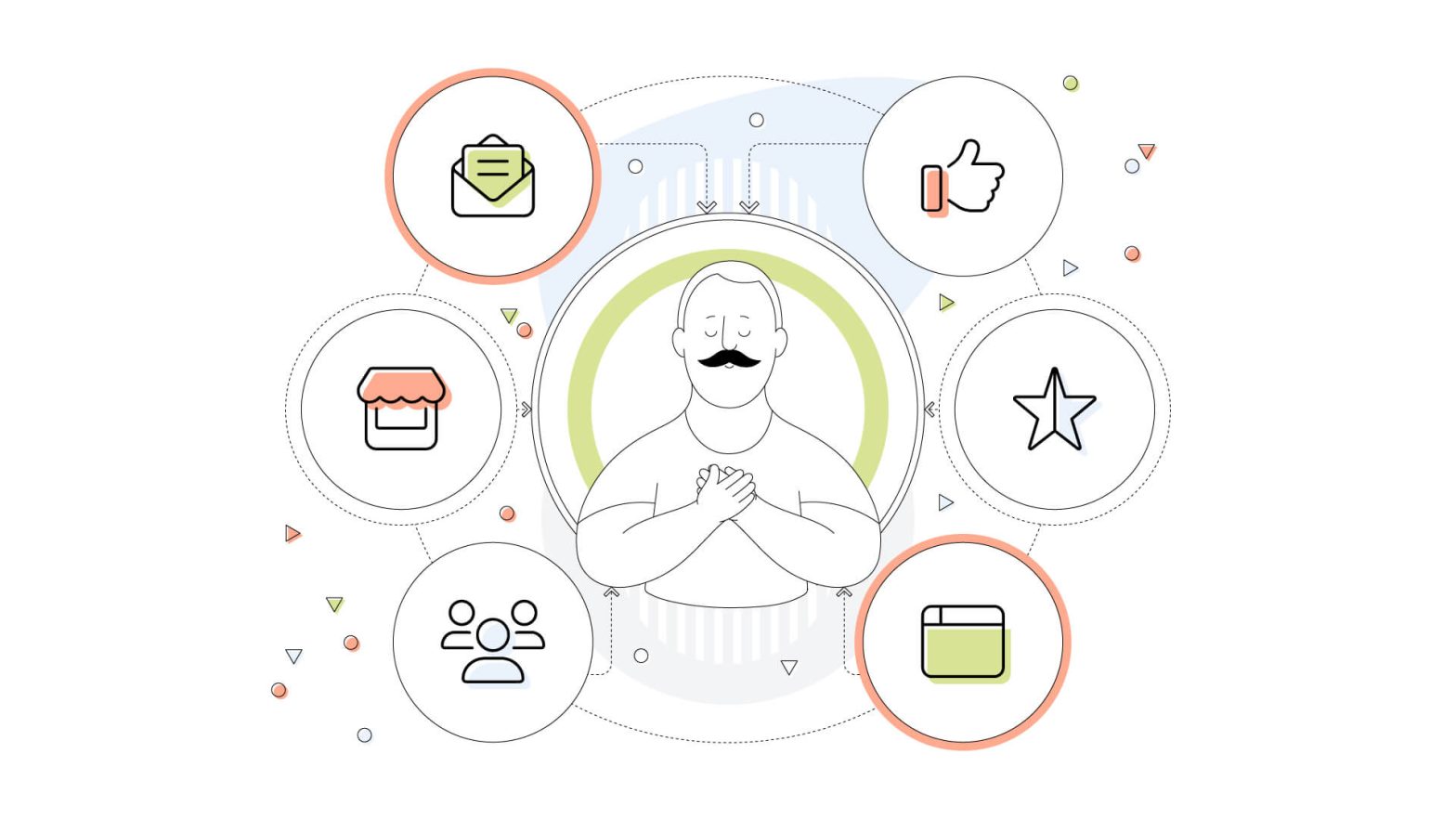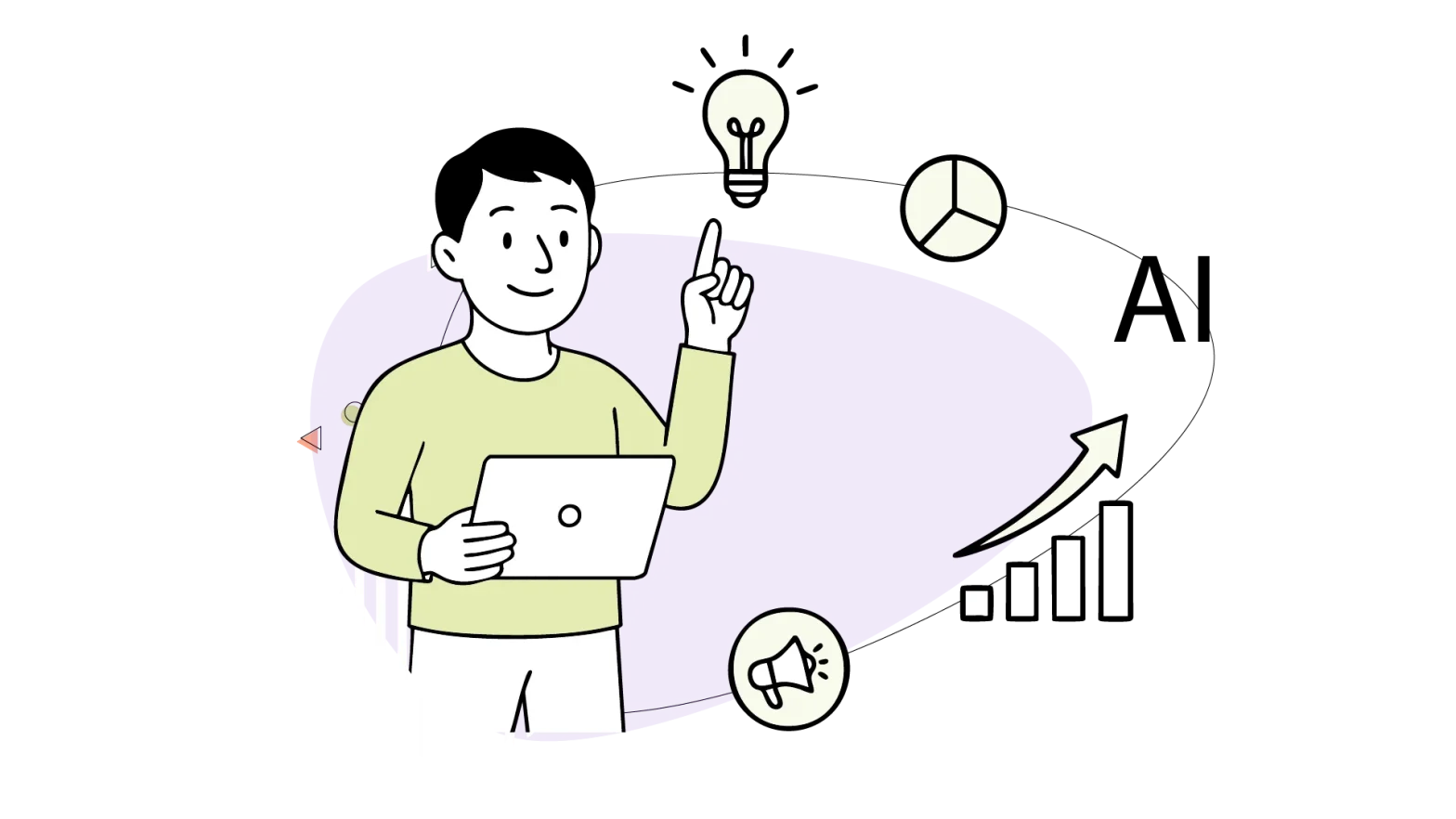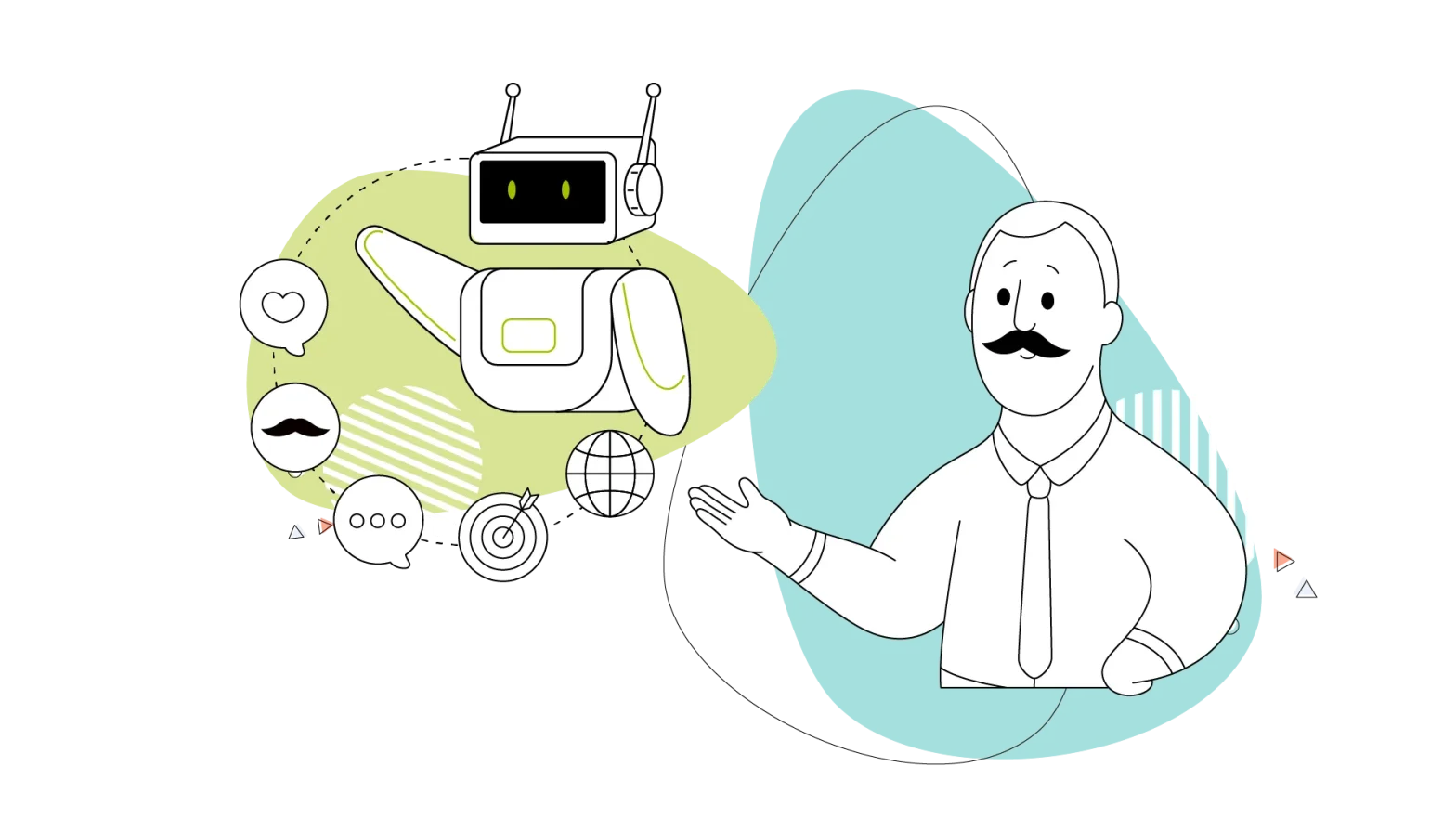A business that lives online and in physical locations can use various pathways to connect with its customers. These pathways are usually called channels, and companies use them to find prospects and communicate with their existing customers.
Among these channels, social media, website offers, and in-store discounts act with one purpose in mind: to persuade people!
These can urge customers to visit a store for a discount or offer them an additional coupon from their social media pages. This customer journey happens in almost every big corporation and is also effective for small businesses.
In this blog post, we’re talking about omnichannel marketing, its relationship with multichannel marketing, and some examples to understand how it works.
- What Is Omnichannel Marketing?
- The Benefits of Omnichannel Marketing
- Differences Between Multichannel and Omnichannel Marketing
- A Few More Omnichannel Examples
What Is Omnichannel Marketing?
Omnichannel marketing refers to the strategy that ensures a consistent and integrated customer experience across all platforms and channels a business uses.
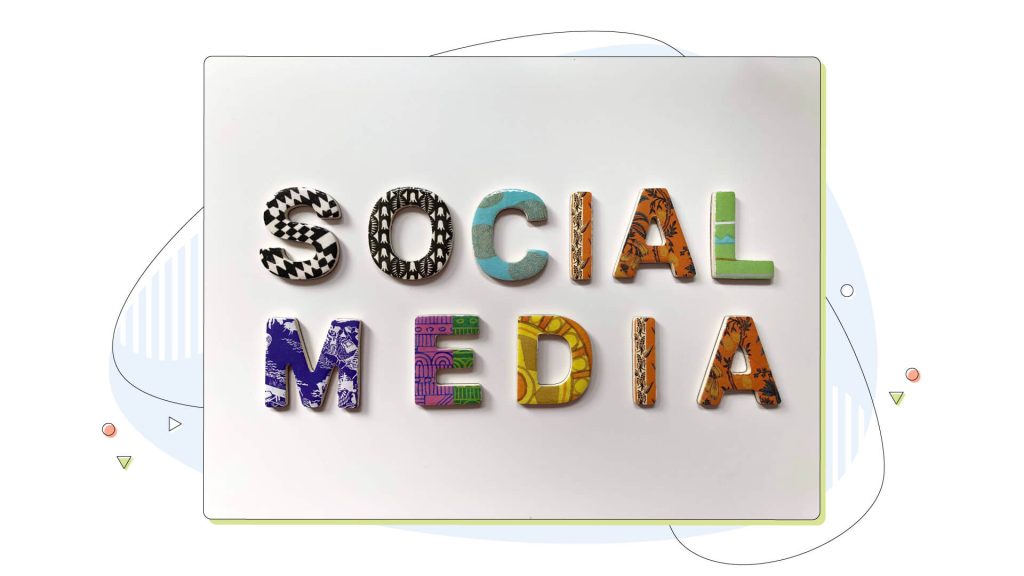
These channels can include websites, social media, physical stores, email, blog posts, ads, and many others.
The core idea is to create a seamless and unified customer experience, regardless of where they interact with your brand.
This means that whether a customer visits your website, engages with you on social media, or walks into your physical store, they should encounter a consistent message, brand identity, and level of service.
The Benefits of Omnichannel Marketing
Omnichannel marketing isn’t just a fancy word marketers use to communicate with each other; it’s a strategy with many tangible advantages for businesses of all sizes. Here are some key benefits that make embracing omnichannel marketing a smart move for all website owners.
1. Enhanced Customer Experience
The most obvious benefit omnichannel marketing brings is user experience.
Omnichannel marketing prioritizes providing customers with a consistent and seamless journey. This means they can switch between your website, social media, and physical store and still encounter the same brand message and personalized experience, enhancing their overall satisfaction.
2. Improved Customer Retention and Engagement
Connecting with customers through multiple channels increases the likelihood of engaging them where they feel most comfortable.
A public post on social media attracts users’ attention and keeps them engaged with everything your business offers. A simple poll can reveal people’s interest in some product or service, which is a great way to understand your audience.
3. Deep Customer Insights
Let’s keep the example of the social media poll from above. The results of this poll are a great source of customer insights that can help your future omnichannel marketing strategies.
This wealth of information provides a deeper understanding of customer behaviour and preferences, allowing you to tailor your marketing strategy more effectively. It’s like looking through a real crystal ball!
4. Increased Sales and Revenue
The ability to reach customers through their preferred marketing channels drives sales.
With a unified approach, customers are more likely to convert. When they have a positive experience in one channel and find consistency across others, their trust in your brand grows, leading to higher conversion rates and sales.
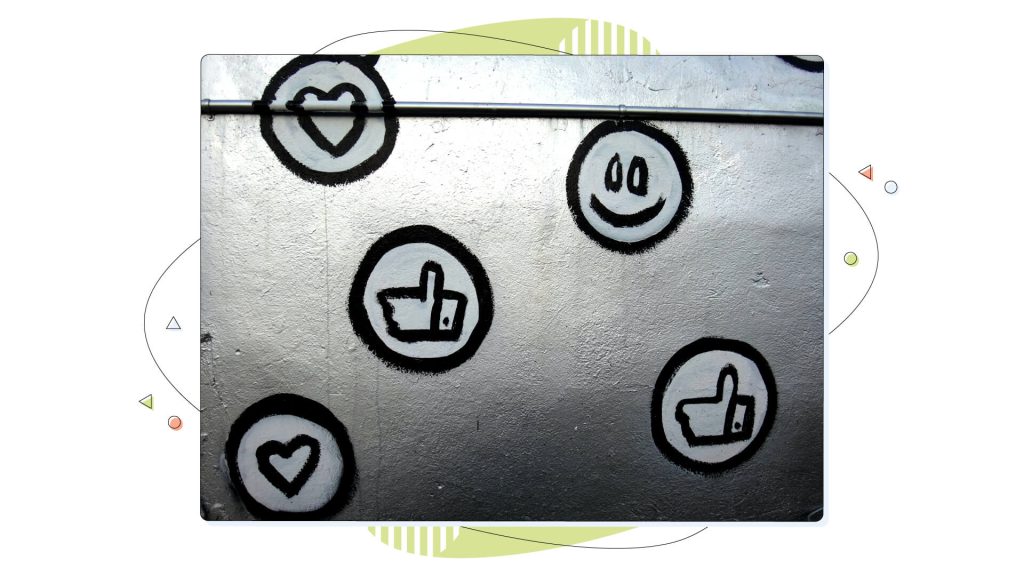
5. Better Targeting and Personalization
Omnichannel marketing enables you to create highly targeted and personalized campaigns.
By understanding customer preferences and behaviour, you can tailor your messaging to resonate with each individual, increasing engagement and customer loyalty. Better targeting strategies can result from well-researched AI prompts. Many companies are exploring machine learning, with some already finding good uses for AI.
6. Competitive Advantage
Embracing omnichannel marketing can set you apart from competitors who still operate in siloed, multichannel environments. Customers value consistency and convenience, making it a powerful competitive advantage.
Differences Between Multichannel and Omnichannel Marketing
To understand the differences between multichannel and omnichannel marketing, it’s crucial to recognize how they approach customer interactions and engagement.
Multichannel Marketing:
In multichannel marketing, the channels tend to operate independently, like having separate departments, each with its strategies, goals, and metrics. These departments are also called silos.
However, this autonomy comes at a price, as it often leads to limited communication and sharing of customer data and insights, which can remain confined to specific channels.
This disjointed approach results in an inconsistent customer experience, where customers may encounter varying messaging, branding, and experiences across different touchpoints, causing potential confusion.
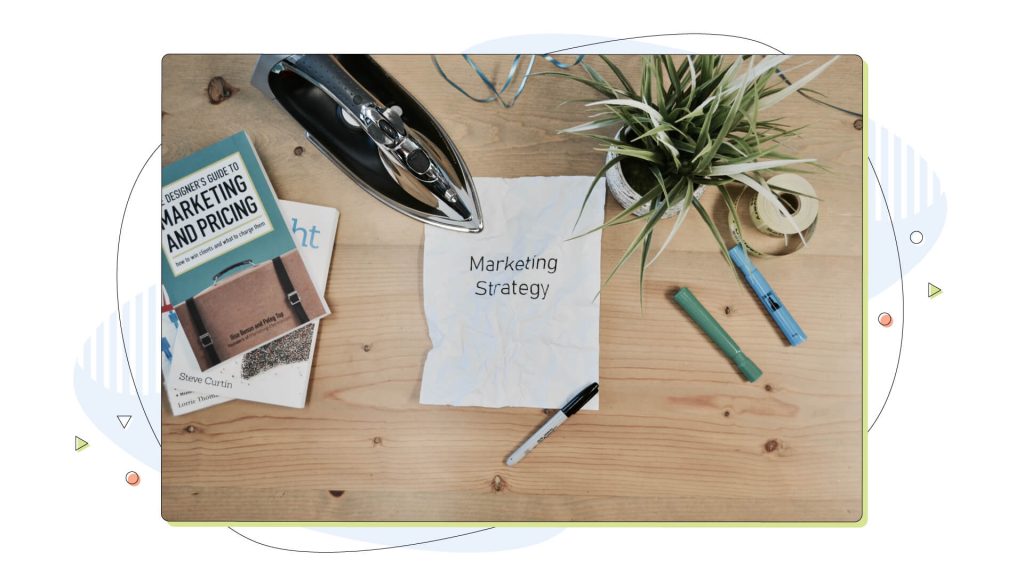
Omnichannel Marketing:
In contrast, omnichannel marketing adopts a unified approach that considers all channels as interconnected components of a broader, cohesive strategy. It feels like conducting a symphony where all instruments play together to create a harmonious and synchronized performance.
One key feature of this kind of approach is data integration. In an omnichannel strategy, customer data seamlessly flows and integrates across all channels.
What better way to showcase omnichannel marketing with a real-world scenario? Let’s imagine you run a small clothing boutique.
Your store has both a physical retail space and an online eCommerce website. Additionally, you actively engage with your customers through social media, email newsletters, and a loyalty program.
Now, let’s say a customer named Sarah visits your brick-and-mortar store and purchases a summer dress. In a multichannel approach, Sarah’s purchase data might remain confined to the in-store transaction records. But in your omnichannel strategy, this is where the magic happens.
As Sarah makes her purchase in the store, her data, including the item she bought and her preferences, seamlessly flows into your integrated system. This system acts like a bridge connecting all your channels – the physical store, website, and social media.
So, when Sarah later logs into her account on your website from her home, she doesn’t start from scratch. The system recognizes her and can recommend accessories that go perfectly with that summer dress she bought in-store. If she follows you on social media, she might see targeted ads showcasing new arrivals based on her previous purchase.
The beauty of data integration in this real-world scenario is that Sarah’s shopping experience becomes smoother and more personalized.
This integration creates a deeper understanding of the customer’s behaviour and preferences, enabling businesses to fine-tune their marketing efforts to be more effective with their audience.
A Few More Omnichannel Examples
Fashion Retailer
Now, let’s think you’re a clothing store owner! A customer browses your website and adds items to their online shopping cart but doesn’t complete the purchase. Later, they receive an email reminder about the items in their cart.
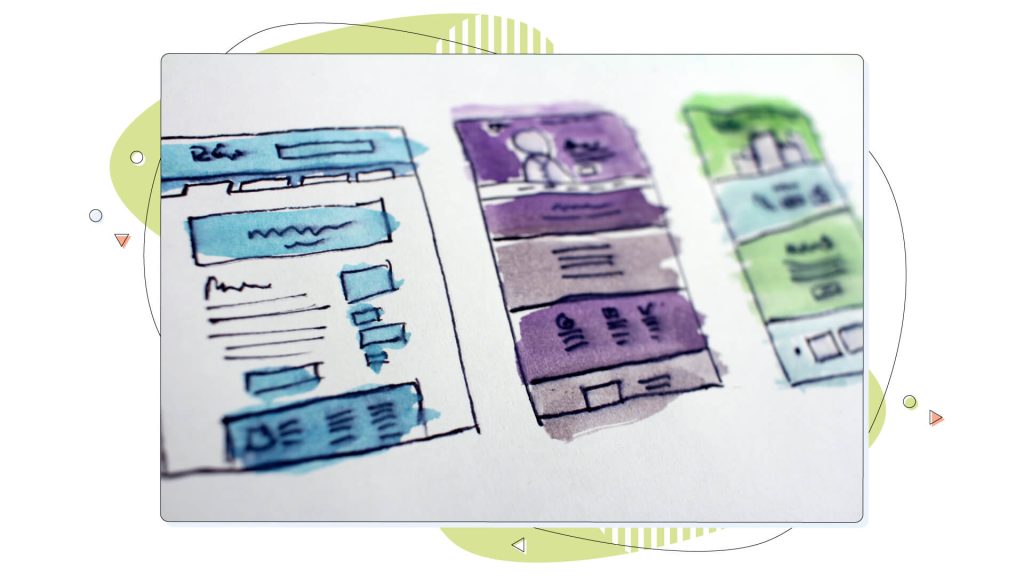
When they visit your physical store, they receive a personalized discount offer for those same items, courtesy of your mobile app. This is another way that omnichannel marketing seamlessly connects the online and offline shopping experiences.
Coffee Shops
You run a chain of coffee shops. A customer downloads your mobile app and places an order for their favourite frappe to pick up at the nearest location. As they approach the store, they receive a push notification letting them know that their latte is ready, ensuring a quick and convenient in-store pickup.
Online Electronics Retailer
Your online electronics store offers a wide range of products. A customer visits your website and searches for a specific laptop model.
They leave the site without making a purchase. Later, they receive a targeted Facebook ad featuring the same laptop model (or one with similar specs) and a limited-time discount code. This reminder prompts them to complete the purchase.
Fast Food Chain
You own a fast-food chain. As marvellous as this achievement can be, a customer places an order for delivery through your mobile app.
The app sends real-time updates, showing the status of the order, the delivery driver’s location, and an estimated arrival time. Customers can also track their orders on a map, providing a transparent and engaging delivery experience.
Cosmetics Brand
Your cosmetics brand operates both online and in physical stores. A customer enters one of your stores and tests various makeup products. They provide their email address at checkout.
Later, they receive a personalized email with makeup tips, product recommendations, and a link to purchase the products they tried in-store, creating a seamless transition from offline to online shopping.
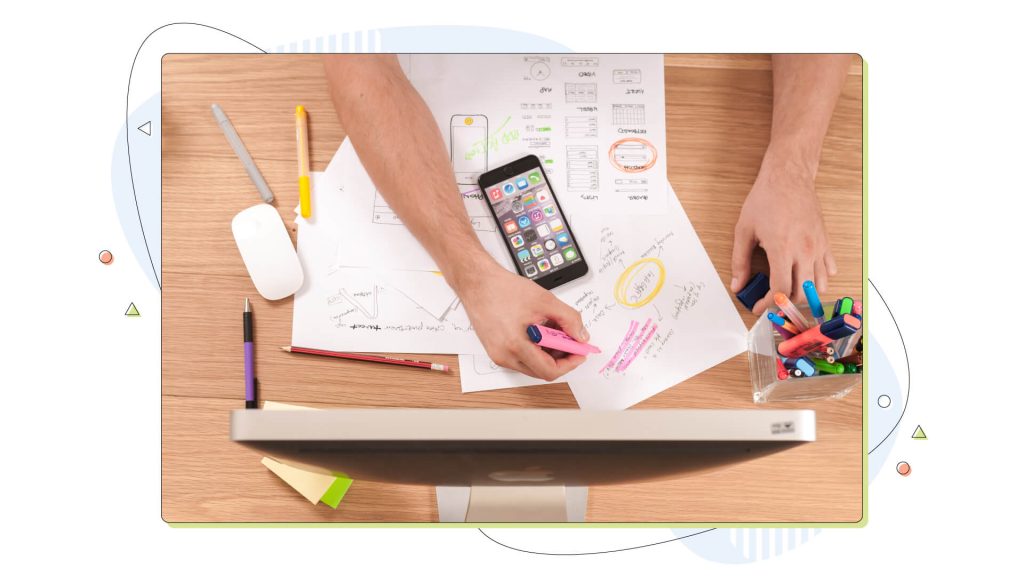
Real-World Omnichannel Examples
Among the more frequent times we see omnichannel marketing is with airline tickets, beauty products, car manufacturers, jewellery and clothing. Let’s check out some real-world omnichannel examples.
Starbucks
It’s no secret that a good coffee is always a great start to the day. Imagine if ever you bought coffee, you’re getting points to gain discounts the next time you order. It’s one of the greatest customer loyalty programs, and Starbucks knows its game best.
This type of omnichannel marketing is one of the smartest in the industry, and it’s followed by many companies in the same business.
Nike
Nike’s retail strategy is truly top-notch, and they truly excel in providing a seamless omnichannel experience for their customers.
They understand the importance of building and maintaining customer loyalty, so they offer great discounts and frequently send out emails showcasing enticing price drops.
As a result, Nike has continued to establish itself as a leading brand in the sneaker industry, providing their customers with exceptional products and services that keep them coming back for more. Their dedication to their customers is admirable and sets them apart from their competitors.
Spotify
While it might surprise you, Spotify is doing well in its omnichannel game. They offer a synchronized multiplatform experience, and your music looks the same no matter your device.
What’s more exciting is that when you’re logged in, people have discovered they might offer you additional discounts to the premium version, in case you’re rocking the free account.
Amazon
For some, it’s the king of omnichannel experiences. Amazon is among the top retail companies in the world. It does have an app, a website and social media handles to communicate with any customer.
Amazon effectively uses their recommendation systems for their ads, making it a great way to reach potential customers.
Summing It Up
In summary, the omnichannel marketing strategy emerges as a transformative method for small business owners.
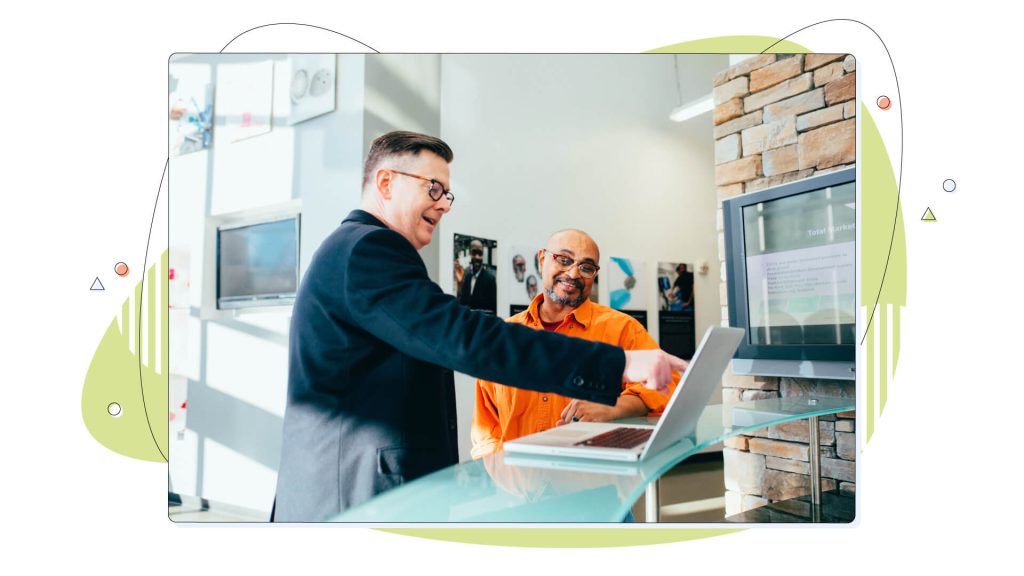
The omnichannel approach revolves around the core principle of consistency, offering customers a uniform brand experience, whether they engage through your website, social media, or in person.
This article has shed light on these aspects:
The concept of omnichannel marketing aims to improve customer engagement by creating a seamless journey across multiple channels. This allows customers to interact with your brand effortlessly, leading to increased customer satisfaction and loyalty.
To achieve this, data integration plays a crucial role as it unifies customer data across all channels. This helps the marketing team gain a deeper understanding of their customer’s behaviours and preferences and allows them to do a personalized and effective marketing strategy for each one.
And if you’re seeking to establish or upgrade your online presence, remember that web hosting plays a pivotal role in ensuring a seamless experience.
Explore HostPapa’s web hosting services to confidently commence your omnichannel marketing voyage. Where else will you find this much SSD storage and a free domain name all in one place? Visit HostPapa to learn more.
Be sure to check more awe-inspiring topics in our HostPapa Blog.
